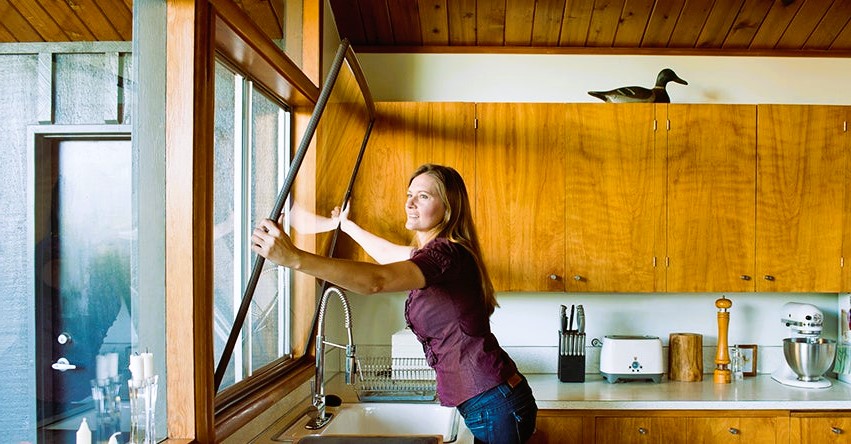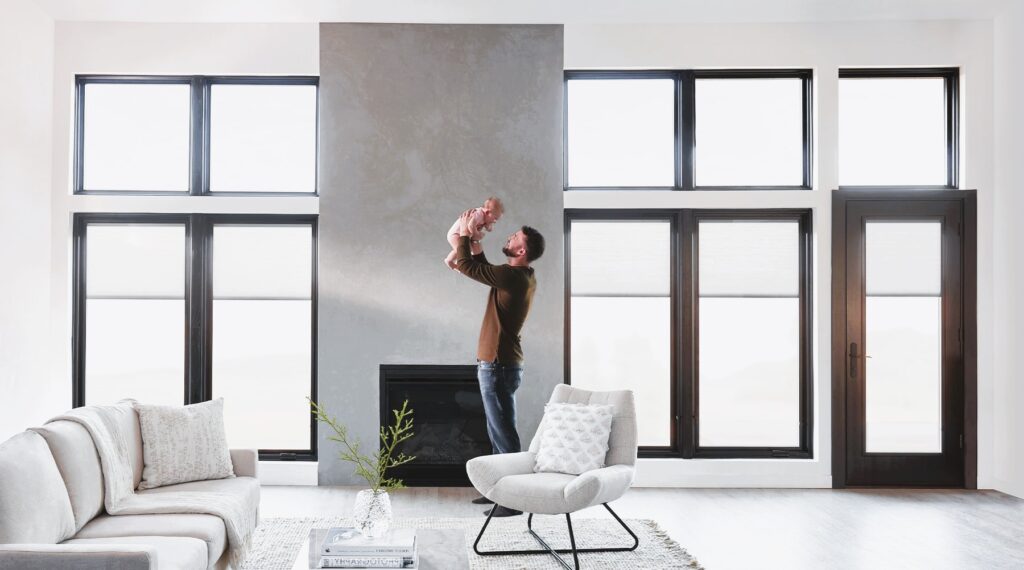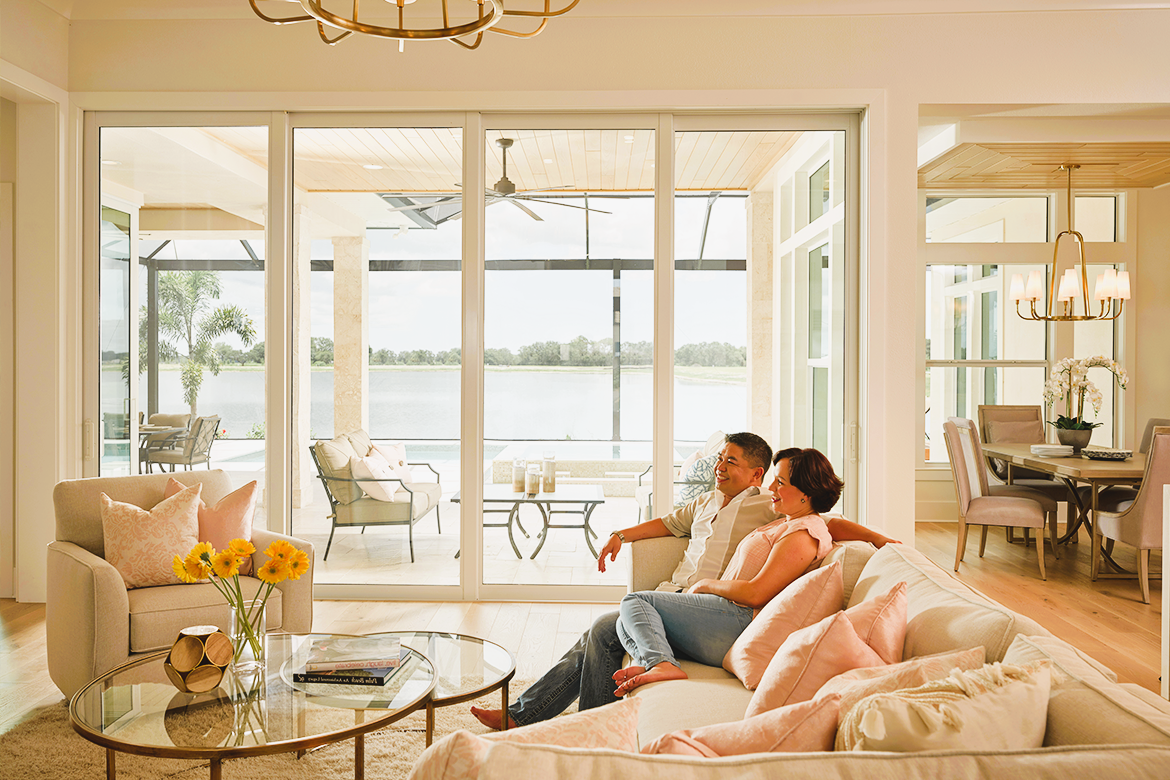In our busy and noisy world, finding peace and tranquility within the confines of our homes is becoming increasingly important. Noise-reducing windows offer a solution by significantly reducing the amount of outside noise that enters our living spaces. In this article, we will explore the benefits of noise-reducing windows and how they can enhance comfort and tranquility in your home.
Noise-reducing windows, also known as soundproof or sound-reducing windows, are specially designed to minimize the transmission of sound from the outside environment into your home. These windows employ various technologies and materials to block or absorb sound waves, creating a quieter and more peaceful indoor environment.
The benefits of noise-reducing windows are numerous:
- Enhanced Comfort: Excessive noise can be a major source of stress and discomfort. Noise-reducing windows create a quieter indoor environment, allowing you to relax, concentrate, and enjoy your living spaces without the constant intrusion of outside noise. Whether you live in a busy urban area, near a highway, or in close proximity to noisy neighbors, noise-reducing windows can significantly improve your comfort levels.
- Improved Sleep Quality: A quiet and peaceful bedroom is essential for a restful sleep. Noise-reducing windows help create a sound barrier, reducing the impact of outdoor noise sources such as traffic, sirens, or construction activities. By minimizing these disturbances, noise-reducing windows contribute to a better night’s sleep and overall well-being.
- Increased Privacy: Noise-reducing windows not only reduce the amount of outside noise that enters your home but also help maintain privacy. These windows are often designed with multiple layers of glass and special coatings that reduce visibility from the outside, preventing prying eyes and enhancing your sense of security.
- Energy Efficiency: Noise-reducing windows often come with additional energy-efficient features. The same technologies that reduce noise transmission, such as multiple glass panes and insulating gas fills, also provide thermal insulation. This helps to regulate indoor temperatures, reduce energy consumption, and lower heating and cooling costs.
- Protection from UV Radiation: Many noise-reducing windows are equipped with special coatings that block harmful ultraviolet (UV) radiation. These coatings help protect your furniture, flooring, and other interior items from fading and damage caused by prolonged exposure to sunlight.

When considering noise-reducing windows for your home, it is important to understand the various technologies and features available:
- Multiple Glass Panes: Noise-reducing windows often feature double or triple glazing, which consists of two or three layers of glass with an air or gas-filled space in between. The additional layers of glass and the insulating gas help to block and absorb sound waves. Renovating and Renovating Your Home in Canada: Permits, Regulations and Best Practices at this link.
- Laminated Glass: Laminated glass is another common feature in noise-reducing windows. It consists of a layer of polyvinyl butyral (PVB) sandwiched between two or more layers of glass. This construction helps to dampen sound vibrations and provides added security benefits.
- Acoustic Films or Coatings: Some noise-reducing windows incorporate specialized acoustic films or coatings that help absorb sound waves. These films or coatings are typically applied to the glass surface and can significantly enhance the window’s noise-reducing capabilities.
- Frame Design: The window frame also plays a role in reducing noise transmission. Frames made from materials with high sound-dampening properties, such as uPVC or wood, can help minimize sound infiltration. Proper installation and sealing of the windows are also essential to maximize noise reduction.
When selecting noise-reducing windows for your home, consider the following factors:
- Sound Transmission Class (STC) Rating: The STC rating is a measure of how well a window reduces sound transmission. Higher STC ratings indicate better noise reduction capabilities. Look for windows with a higher STC rating to ensure effective noise reduction.
- Climate Considerations: Different climates may require different window specifications. For example, in colder climates, windows with good thermal insulation properties are essential. Consult with window manufacturers or professionals to choose the right windows based on your specific climate and noise concerns.
- Energy Efficiency: Look for noise-reducing windows that also offer energy-efficient features, such as low-emissivity (low-e) coatings and insulated frames. These features not only enhance noise reduction but also contribute to energy savings and environmental sustainability.
- Professional Installation: Proper installation is crucial for optimal noise reduction. Engage qualified window installers who have experience with noise-reducing windows to ensure proper fitting, sealing, and integration with your home’s existing structures.

To learn more about noise-reducing windows, their features, and benefits, you can visit the following resources:
- Wikipedia page on “Soundproofing”: Link
These resources provide additional information on soundproofing techniques, window technologies, and energy efficiency considerations specific to Canada.
In conclusion, noise-reducing windows offer a range of benefits, including enhanced comfort, improved sleep quality, increased privacy, energy efficiency, and protection from UV radiation. By choosing windows with the right technologies and features, you can create a peaceful and tranquil home environment while enjoying the numerous advantages they offer.

